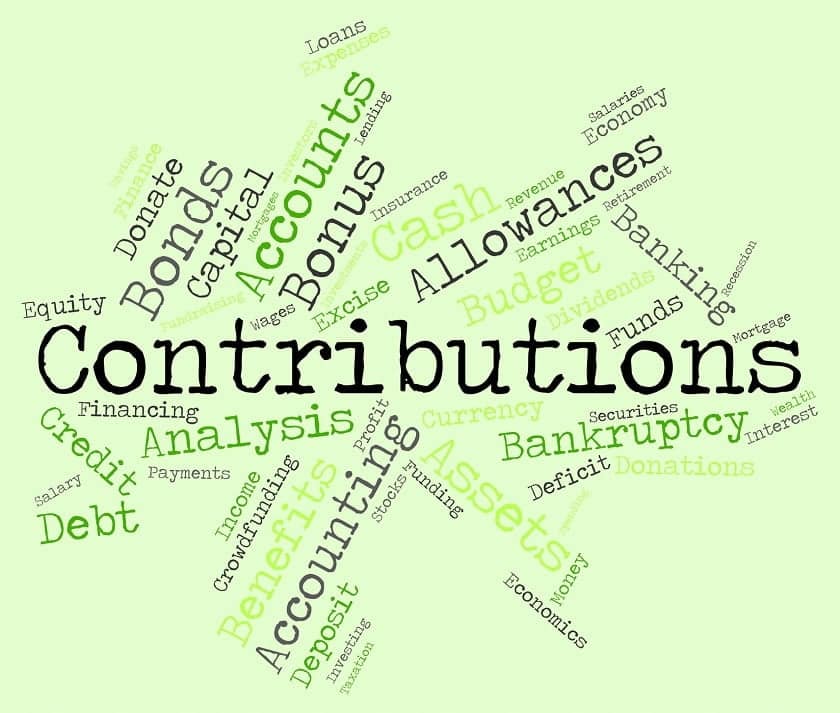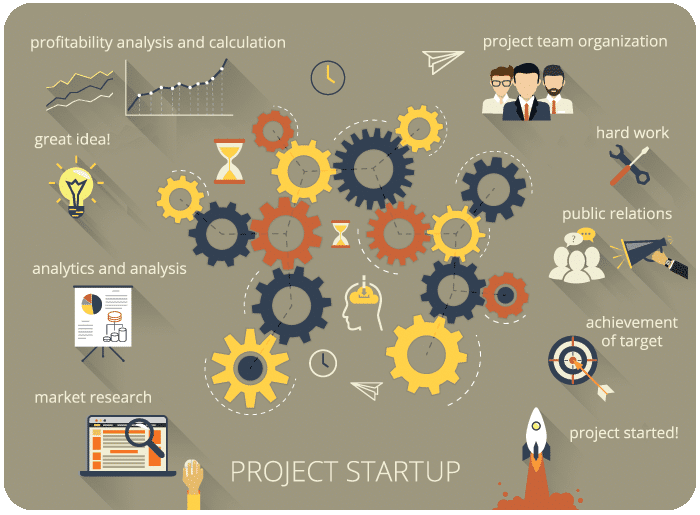Research shows that employee engagement is relatively steady at about 30%. While the Gallup figures are interesting, what’s more, interesting is how that has an impact on your workforce. In this article, I want to talk about what engagement is, why it matters, and how a clear strategy can help you build engagement within your teams.
What is engagement?
You have probably heard the term ‘engaged’ in relation to the working population. It’s thrown about often in articles discussing productivity, work/life balance, and efficiencies. But what does it really mean?
Gallup defines someone as ‘engaged’ at work if they are enthusiastic about their work, committed to their tasks and involved in certain elements of work processes. Gallup links these factors to business outcomes: in other words, the more engaged an employee is, the more likely they are to make an innovative contribution or drive productivity and profitability for the firm.
You can probably see from your own experience that engaged workers are more likely to contribute in the ways that we want them to, delivering results that give you a clear advantage. I have certainly seen different types of performance and contributions from people whom I perceived to be engaged at different levels within the organization.
As leaders, we need to acknowledge that people are more loyal to their own development than they are to the business. That’s human nature, and it’s a sensible survival strategy in difficult economic times. Gone are the days where you joined the firm in your teen years and stuck with it until retirement. We can’t count on companies to be that loyal to employees any longer, so the onus is on the individual to make the most of their career and to put their needs and those of their family first. I don’t have a problem with that – I advocate for people taking responsibility for their own career development. But for managers involved in trying to increase levels of engagement at work, it does pose a problem.
How to build engagement
So if engagement is good, how do we get it? Employers can do what Gallup suggests and ensure that members of staff are involved in the decision making processes that affect them. But you can take it further than that. Create an engaging environment by ensuring individuals have skills development and the opportunity to advance their careers. A healthy team environment where conflict is effectively managed and their contributions are recognized by their managers will also help, along with frequent and constructive feedback on performance.
Offer opportunities for personalizing the experience of work through flexible working practices and measurement by results, not hours spent at your desk. Support the leaders and managers within the organization as they set the tone for everyone else. Increase the amount of transparency, especially around issues that affect large groups of employees, and involve them in defining processes that they work with.
While implementing something like flexible working might take a change of culture and a bit of time, it’s actually pretty easy to do some of these things. Before changing processes, get the people in the team using the process to mind map the current situation and suggest improvements. You see: increasing engagement can happen from the first process improvement workshop.
Strategy builds engagement
One of the clear drivers for an engaged workforce is that they feel they are contributing to meaningful work. People at all levels like to be able to see that they are making a difference. The best way to do that is to ensure that their work clearly links back to the corporate strategy but to do that you have to have a strategy first.
A recommended read: This article on how to build a business strategy will help you get started.
Creating your strategic vision
Whether you are creating a strategic vision for a project or a whole company the premise is the same. People want to know what their role is and how it fits in with the bigger picture. Generally, human nature means that individuals are predisposed to want to work as a team, as part of something bigger, so you should be pushing at an open door if you get it right.
Your strategic vision should answer these questions:
- Who are we?
- What is the context of our work?
- Where are we going?
Vision statements don’t always include the ‘how are we going to get there’ question but I think it is worthwhile, especially in project-led organizations or those going through transformative change as it offers a guide to how the business will transition to the new state.
Projects and operational work should be able to sit under this vision, showing team members how their work links to the overall goals. In organizations that get this right, we see recruitment and retention practices that hire people who will succeed in the type of organization that you want to be. That in turn leads to an engaged workforce who are making a significant contribution and feeling like they want to actively turn up to work and take responsibility for their tasks.
It’s fine to talk about engagement and strategy – two big topics for any leader right now – but it is something else completely to make this work in your organization. This blog has lots of other suggestions on engaging employees in disruptive times and delivering your strategy so stick around!
About the author
Elizabeth Harrin is the author and award-winning blogger behind A Girl’s Guide To Project Management. Get her suggestions for being more productive at work on her blog.







